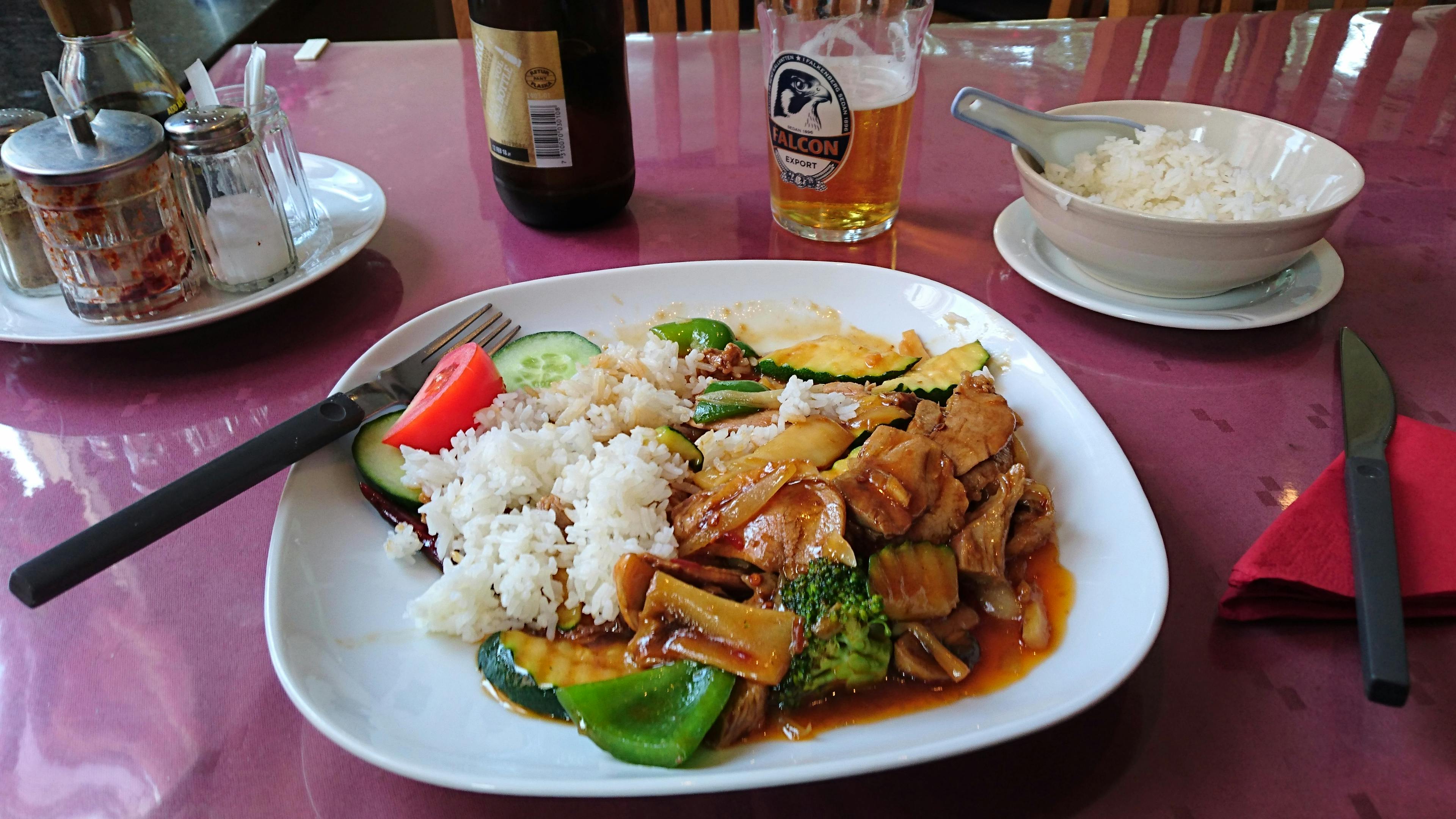Many people who are looking to replace an existing wall oven or are shopping for a remodel or new construction are unaware of the recent advances in ovens. Over the past 10 years, the appliance industry has made many exciting advances that make cooking more predictable and enjoyable. This is certainly an area where the “proof is in the pudding”!
Convection or thermal ovens?
I’m not assuming anyone I talk to knows what convection is or the benefits. The vast majority of people have never cooked with convection. Why should they know? Here is an explanation of thermal and convection ovens…
Thermal ovens: This is the standard oven for baking and roasting that most people are used to. Although there are differences from brand to brand, most manufacturers offer ovens that produce fairly consistent results. Most modern ovens heat evenly when the oven is preheated correctly. If you’ve never had convection before, are on a tight budget, or are a TV dinner person at Swanson, you may never miss it.
Convection oven: Convection has to do with the air (in this case, hot air) circulating in the oven. The movement of air will cook food faster and, in most cases, more evenly. Gas ovens have natural convection and the by-product of fuel combustion is moisture. Some gas ovens will also include a convection fan. Electric ovens produce dry heat and tend to dehydrate foods. Introducing convection (via a fan, and usually with an additional heating element around the fan and hidden behind a baffle at the back of the oven) can help brown the outside of whatever you’re cooking , meat being the best beneficiaries. When you seal, moisture is sealed inside. Because of this, it’s a great idea to remove meats from the bottom of a pan with a rack so the heat can gobble up ribs, turkey, etc. Baked goods also benefit due to the even heat that most convection ovens produce. You may be able to cook up to 6 racks of cookies at once with even results.
Since convection cooks faster, you must compensate by adjusting the time or temperature. A pretty good rule of thumb is the 25/25 rule. For meats, use the same temperature you’ve used over the years in the oven, but reduce the time by 25%. So for a cook time of 1 hour, it now converts to 45 minutes. To bake, lower the temperature 25 degrees (Fahrenheit). This isn’t a perfect rule, but it does get you pretty close to the pin. Most of today’s convection ovens, especially premium brands, offer temperature probes to eliminate the guesswork. Set the cooking temperature, then the internal temperature and the oven will let you know when the food is ready.
There are several convection modes available. Be careful when comparing brand to brand / feature to feature. Not all brands will call their convection modes by the same name. Dacor will call their bread and butter convection mode “Pure Convection”, while Miele will call theirs “Convection Bake”. This can be very confusing as most ovens will have a convection bake mode that cooks very differently. 5 minutes spent with your dealer or owner’s manual on cooking modes is time well spent. Ask if there is a demonstration available where they cook for you and explain the different modes. Learn to use convection if you buy an oven that offers it! It’s a waste of money not to use the mode that produces the magical convection it gives you.
Regardless of which oven you buy, here’s a top tip (as my old Dacor rep used to say): “There’s no catch in preheating!” All ovens will notify you when they have reached the desired temperature. Most will arrive in less than 15 minutes for 350 degrees. But the moment you open the door, all that ambient heat comes out of the oven. You now have an oven that is about 230 degrees inside. This is why your cookies come out uneven. For best results, it is recommended to preheat the oven for a minimum of 30 minutes.
